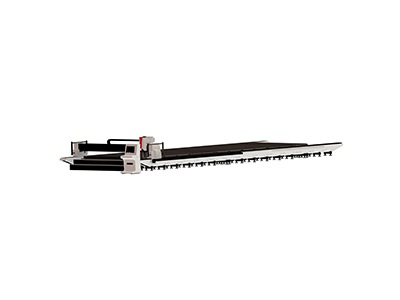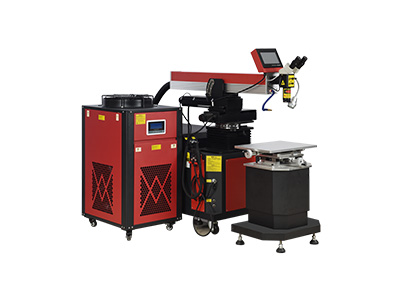- No.609, Centre Of Huijin Nanxiang, Yinxiang Road, Nanxiang Town, Jiading District, Shanghai, China
- sherry@sanmachines.com
- +86-18616767021
Introduction to mold laser welding machine!
Application scope of mold laser welding machine
Mold laser welding machine and repair machine use 50-60 Rockwell temperature to repair and weld cracks, broken corners, edges and damaged sealing edges of molds, precision injection molding, die casting, stamping, stainless steel and other hard materials; high accuracy, laser welding spot diameter is only 0.2mm~1.5mm; small heating area, workpiece will not deform; etched after welding, does not affect the effect.

Configuration and processing technology of mold laser welding machine
When the mold laser welding machine is repairing the mold, it should pay attention to how to meet the repair accuracy and repair quality. The control system of the mold laser welding machine plays a key role.
1. The mold laser welding machine should be monitored and operated with a 10X or 15X microscope.
2. The power supply of the mold laser welding machine can adopt the waveform adjustable function, which is suitable for welding different materials. Such as: mold steel, stainless steel, beryllium copper, aluminum, etc.
3. CCD system (camera system) can be used for monitoring. The function is: in addition to the operator observing from the microscope, non-operating personnel can watch the entire welding process through the display screen of the camera system. This device is beneficial to the technical training and exhibition demonstration of non-operating personnel, and has a good promotion effect on the promotion of laser welding technology.

4. It can melt welding wires of different diameters, from 0.2-0.8 in diameter.
5. The mold laser welding machine must use argon protection, and the program must be set to first emit argon and then laser to prevent the first pulse laser from oxidizing during continuous processing.
6. The parameters that can be set for the TFLASER mold laser welding machine power supply are: current 50-400A, pulse width 0.1-20MS, frequency 0-50. The processing parameters for normal mold welding are as follows: current: 90-120; pulse width: 4-6; frequency 5-10. When welding beryllium copper and aluminum, the current increases by 30-50A
7. When laser welding molds, the most common problem is bite marks around the welding area. Laser blanking should be used to blank the welding area to cover the changes that may cause bite marks to prevent the appearance of bite marks. The spot can exceed the edge of the welding position by 0.1mm.
Related product links


































 Welder News
Welder News




